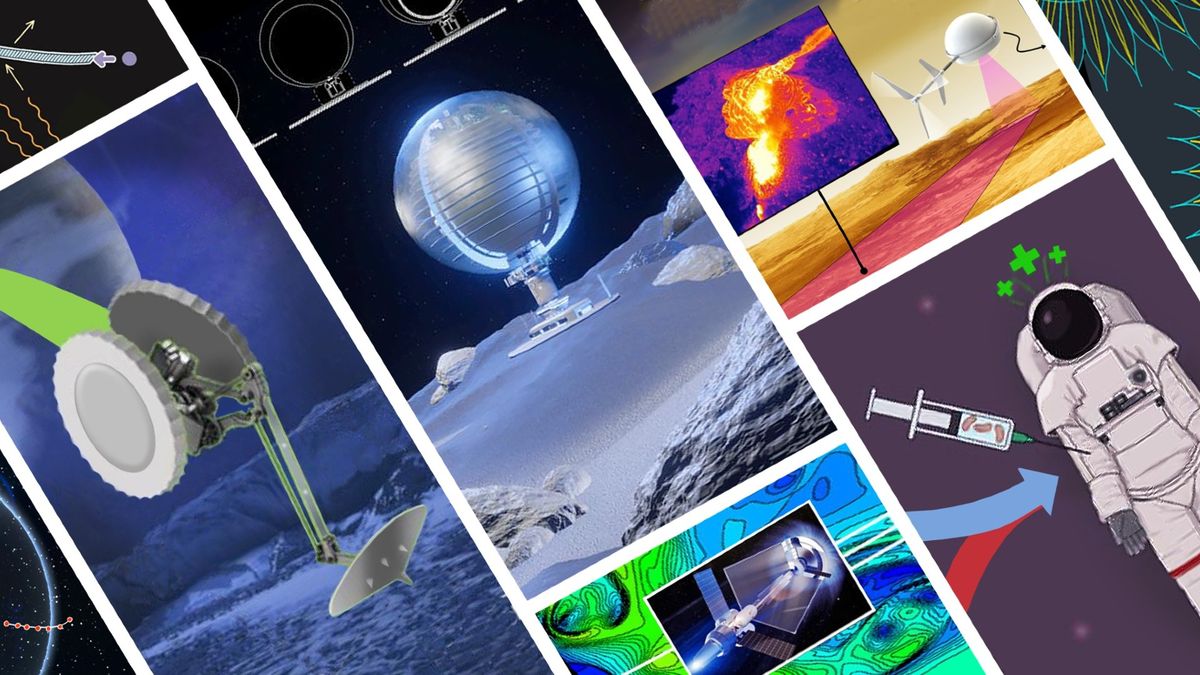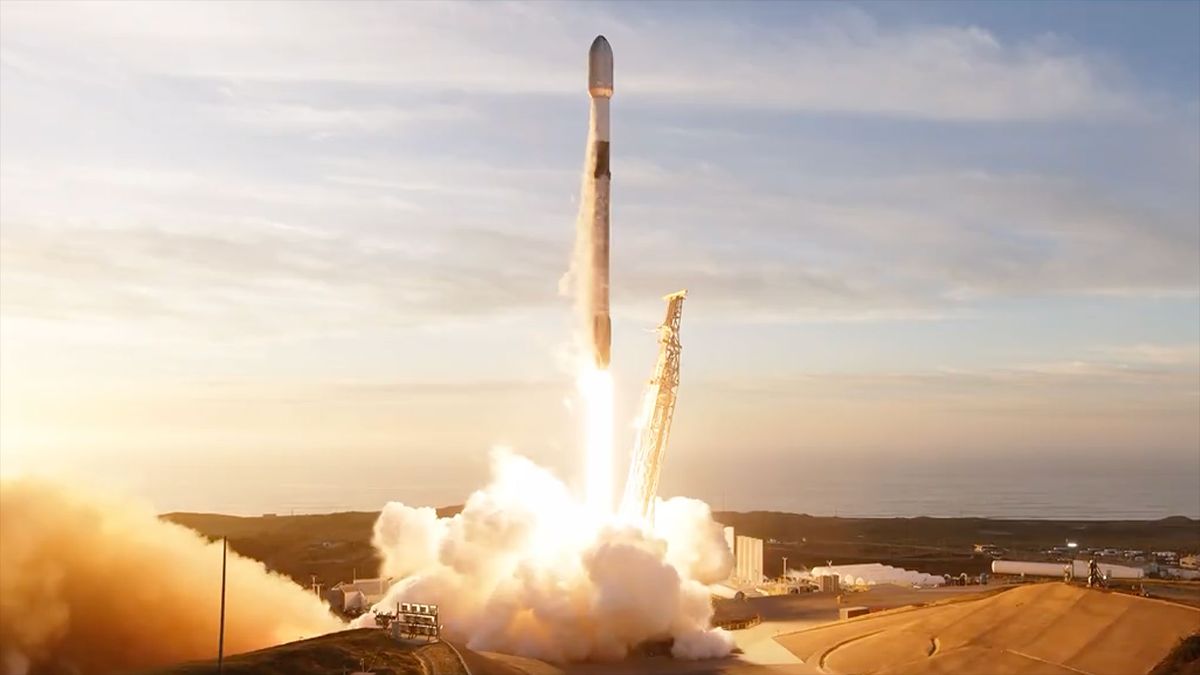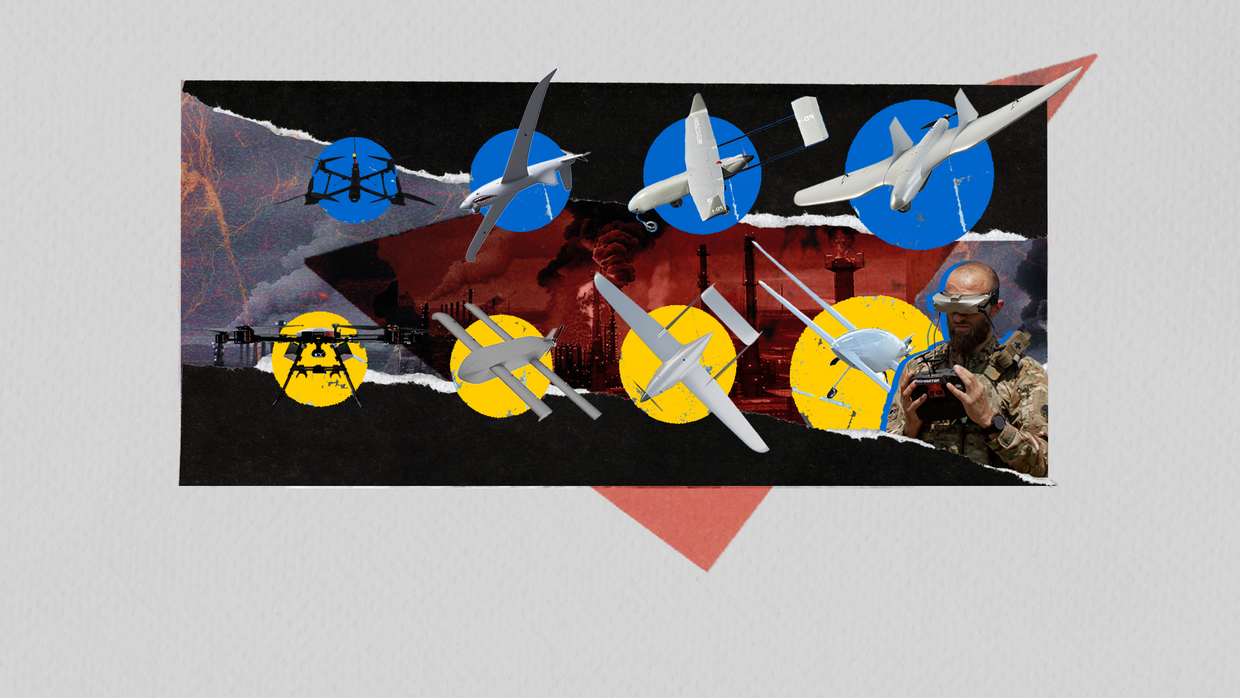An unusual elliptical galaxy with a history of absorbing smaller galaxies appears to be approaching its next target.
New images from the Very Large Telescope (VLT) at the European Southern Observatory's (ESO) Paranal Observatory suggest that the galaxy, known as NGC 3640, may soon merge with a smaller galactic companion. Located 88 million light-years from Earth, NGC 3640 belongs to a group of galaxies that range in shape and size, including its own unusual oval or egg shape.
The VLT images revealed that NGC 3640 has eaten other galaxies over the past several billion years and a smaller neighbor, known as NGC 3641, now lies within its path. Located just below NGC 3640 in the recent image, NGC 3641 may eventually be the larger galaxy's next meal.
"Throughout their extremely long lifetime, galaxies change. As they soar through space, they may steal gas and stars from other galaxies, or even engulf and merge with them," ESO officials said in a statement accompanying the new image. "After these events, galaxies can become distorted, as exemplified by the misshaped NGC 3640 and the diffuse light around it."
As two galaxies approach each other, their gravitational pulls become increasingly strong, causing them to eventually collide and merge into a single, larger galaxy. This, in turn, disrupts the original structures of both galaxies.
Luckily, NGC 3641 may still have some time before it is consumed by its larger neighbor. The recent VLT images do not show any signs of NGC 3641 being distorted by the approaching galaxy, suggesting NGC 3640 is not yet close enough to pose a threat.
Using the new VLT images, astronomers at the Italian National Institute for Astrophysics were able to parse out NGC 3640's past. A collision between two galaxies leaves "scars" on the surviving cosmic body, which generally contains some of the first stars created within the original galaxy.
Therefore, these stars serve as "fossil markers" of the original galaxy's past, which is how the team determined NGC 3640 has previously engulfed other galaxies, according to the statement.
Their findings were published Nov. 5, 2024 in the journal Astronomy & Astrophysics.
.png)
 German (DE)
German (DE)  English (US)
English (US)  Spanish (ES)
Spanish (ES)  French (FR)
French (FR)  Hindi (IN)
Hindi (IN)  Italian (IT)
Italian (IT)  Russian (RU)
Russian (RU) 








Comments